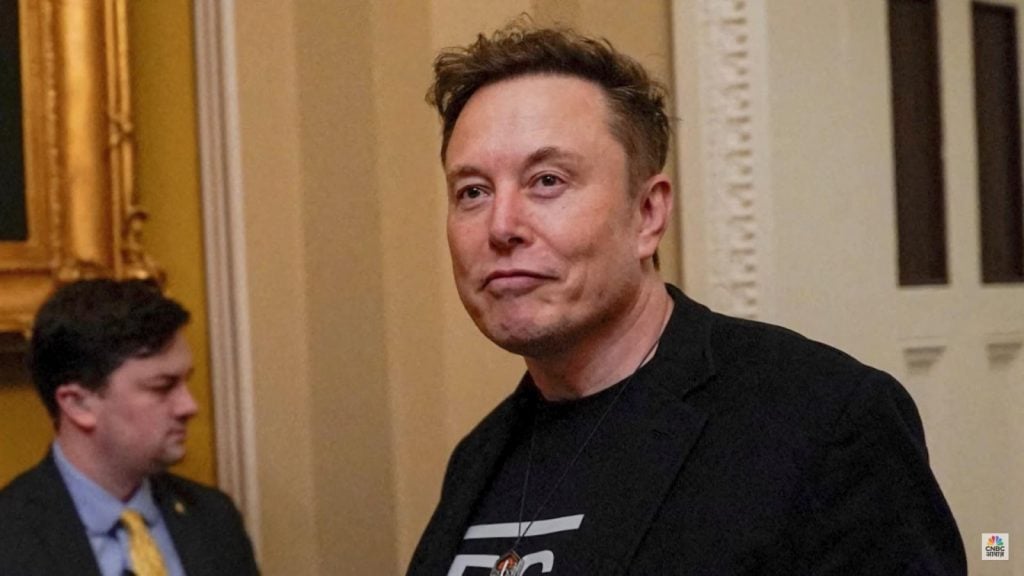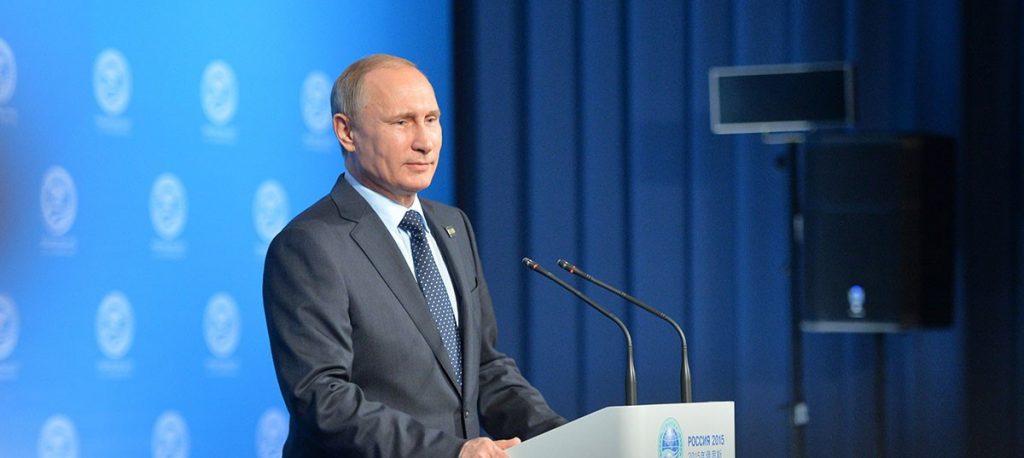Iran’s Supreme Leader Delivers Fiery Speech With Message to U.S. After Ceasefire

How does Iran’s Supreme Leader’s ceasefire speech reflect the country’s stance on US military actions?
On June 26, 2025, Iran’s Supreme Leader, Ayatollah Ali Khamenei, spoke to the nation in a televised address, his first since a fragile ceasefire ended a 12-day conflict with Israel.
The speech came after intense US and Israeli strikes on Iran’s nuclear facilities. What did he say, and what does it mean for the region?
Let’s dive into his message and its impact.
Iran’s Supreme Leader Ceasefire Speech
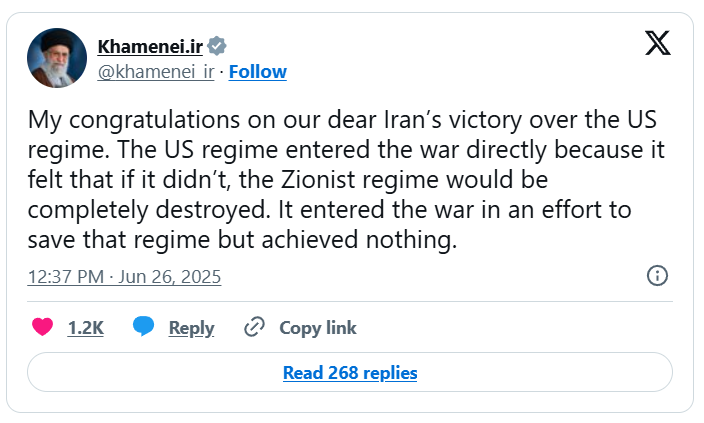
Khamenei’s speech was bold and direct. He claimed Iran delivered a “harsh blow” to the United States, specifically mentioning Iran’s missile strike on the Al Udeid Air Base in Qatar, a key US military hub.
He called the US attacks on Iran’s nuclear sites a failure, saying they “couldn’t achieve much” despite American claims of success.
“The US regime entered the war directly because it felt that if it didn’t, the Zionist regime would be completely destroyed. It entered the war in an effort to save that regime but achieved nothing.”
Khamenei praised the Iranian people for standing united, saying their support showed the nation’s strength. He also accused the US of exaggerating its military achievements to hide the truth.
His words were a clear challenge to US President Donald Trump, who had claimed the strikes “obliterated” Iran’s nuclear program.
This defiance wasn’t new. Before the ceasefire, Khamenei rejected Trump’s call for Iran’s “unconditional surrender,” warning that US military action would cause “irreparable damage.”
His latest speech doubled down on this stance, framing Iran as the victor in the recent conflict. He also congratulated Iranians for their resilience, emphasizing that the nation would never bow to external pressure.
The Ceasefire and Its Challenges
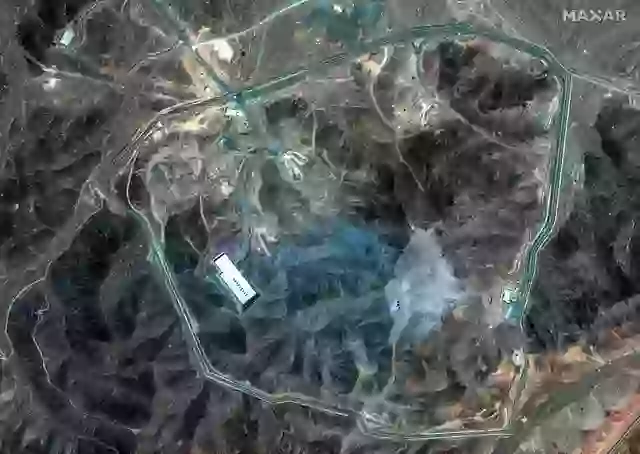
The ceasefire, announced by Trump on June 23, 2025, was meant to end the intense fighting between Israel and Iran.
It followed US airstrikes on Iran’s nuclear facilities, including Fordow, Natanz, and Isfahan. The deal involved two 12-hour ceasefire periods, starting with Iran, followed by Israel, with the war officially declared over after 24 hours.
However, both sides accused each other of violations. Israel claimed Iran fired missiles after the truce began, while Iran denied this and said Israel continued attacks.
Trump criticized both nations, urging them to “calm down,” but the ceasefire held, easing fears of a wider war.
Khamenei’s speech highlighted the fragility of the truce. By claiming victory and dismissing US achievements, he signaled Iran’s readiness to respond if provoked again.
This has raised concerns about whether the ceasefire can last, given the deep mistrust between Iran, Israel, and the US. The conflict, which killed over 600 people in Iran and 28 in Israel, has left both sides on edge.
What’s Next for Iran and the Region?
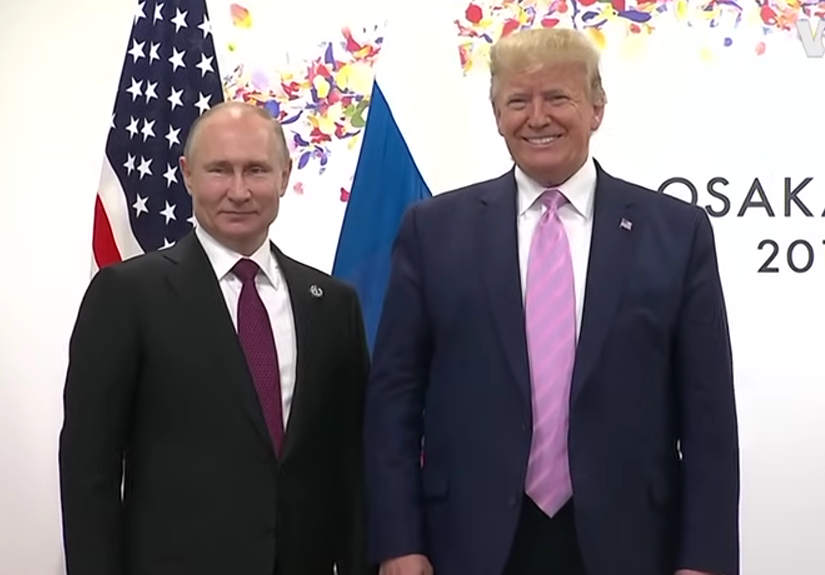
Khamenei’s speech has sparked questions about Iran’s next steps. Analysts suggest he is balancing defiance with caution to ensure the regime’s survival.
While he rejected surrender, he avoided escalating the conflict further, possibly to avoid all-out war with the US. Iran’s nuclear program, though damaged, remains a global concern.
A US intelligence report says the strikes only delayed it by months, while Trump and Israel claim a longer setback.
Khamenei’s focus on national unity may also reflect efforts to control internal dissent, as Iran has cracked down on protests since the ceasefire.
The speech also affects US-Iran relations. Trump’s threats, including talk of targeting Khamenei, have heightened tensions.
Yet, there are signs Iran might be open to talks, as seen in earlier negotiations through intermediaries like Oman.
For now, the region remains tense, with the ceasefire offering a brief pause but no clear path to peace.
You might also want to read: Trump Explodes on Live TV Adressing Iran and Israel Conflict: ‘They Don’t Know What the F**k They’re Doing’
